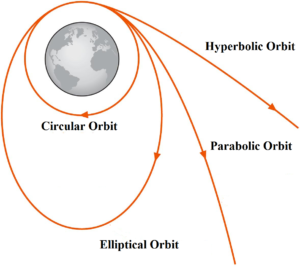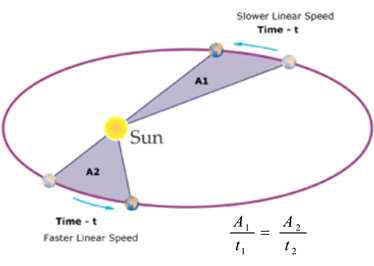Science > Physics > Kinetic Theory of Gases > Pressure Exerted by Gas In this article, we shall study to derive an expression for pressure exerted by gas on the walls of container. We shall also derivation of different gas laws using the kinetic theory of gases. Expression for Pressure Exerted by a Gas Using […]
Categories
Pressure Exerted by Gas
- Post author By Hemant More
- Post date January 24, 2020
- No Comments on Pressure Exerted by Gas



